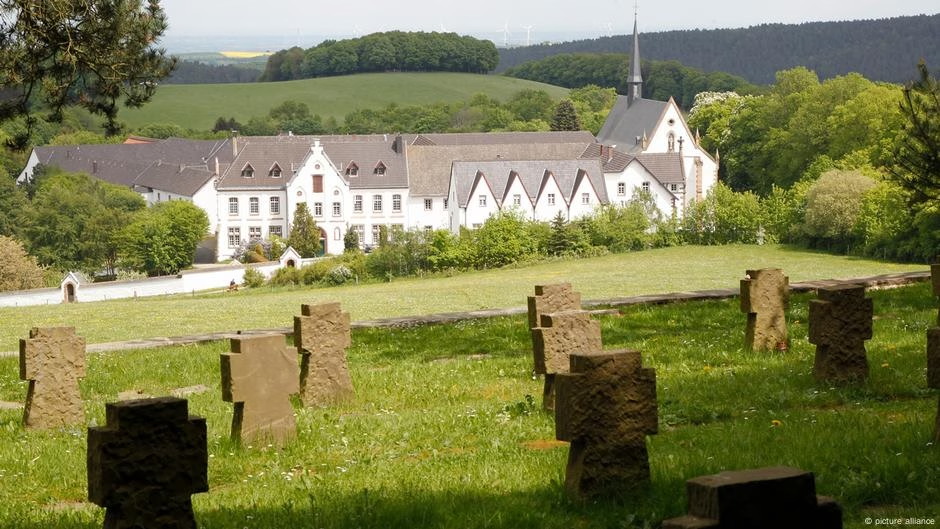Sister Eva-Maria confirms the information over the phone but politely declines to provide further details. “At present, we are not discussing this much,” she states. The convent hosts a welcoming and informative website, with a main photo showcasing many more sisters than the dozen or so residing there today. In 2018, there were still 19 nuns at the convent.
The first nuns arrived in 1924, and the convent was officially established two years later. Currently, the description of the simple 100-year anniversary celebration planned for 2024 appears on the same page as the announcement that the recently renovated guest wing has been closed. According to expert assessments, the sale of the large buildings is unlikely to yield significant profits for the order, as providing suitable accommodations for the remaining nuns will be costly.
A growing trend
The sale of the Kellenried convent garners attention because of its advertisement through a commercial agent specializing in such properties. However, it is not an isolated case. Every year, numerous monasteries and convents in Germany, both large and small, cease operations. According to data from the German Conference of Superiors of Religious Orders (DOK), which represents Catholic orders in Germany, the number of convents in Germany decreased from 1,627 to 964 between 2012 and 2022. During the same period, the number of monasteries dropped from 461 to 385.
Traditionally, there have been more nuns and convents than monks and monasteries in Germany, partly because, within the Catholic Church, women are bar from being ordained as deacons, priests, or bishops.
In 2004, female orders in Germany had 26,370 members, and male orders had 5,108 members, according to the DOK. A decade later, the numbers fell to 17,513 women and 4,370 men, and in 2024, there are 9,467 women and 3,161 men. The numbers in female orders reached their peak shortly after World War II, with more than 93,000 members in 1960.
Several contributing factors
Deputy chair of DOK, Maria Thoma Dikow, attributes the decline in numbers to several factors. She points out that the binding force of the church has diminished and that few families now have many children, which used to be a source of new nuns. Dikow, who has been the superior general of an order involved in social care for ten years, notes that religious orders offered women opportunities for education and professional growth in the past. The trend of decreasing numbers is also seen in other countries and affects both male and female orders.
The rapid decline in Germany has prompted orders to handover properties, including schools and hospitals, to other organizations. This trend is also observed within Protestant churches, which have few monastic communities.
The farewell to a convent or monastery is often painful for those involved, but it can also be a release. It’s essential to provide support for nuns during this transition. Sister Maria Thoma points out that some sisters find liberation in selling their last piece of property, as it eliminates many concerns. The trend toward utilizing convent properties for communal residential projects, cultural and educational activities, or peace and spiritual support is on the rise.
‘Openness is needed’
Ulrike Rose, an expert in the preservation of existing buildings, emphasizes the importance of the convent community’s openness to change. She suggests that clever architectural solutions can help preserve the living space for nuns while sharing the maintenance burden among several parties. Finding solutions requires time and open-mindedness.
This article was translated from German.
While you’re here: Every Tuesday, DW editors round up what is happening in German politics and society. You can sign up here for the weekly email newsletter, Berlin Briefing.









